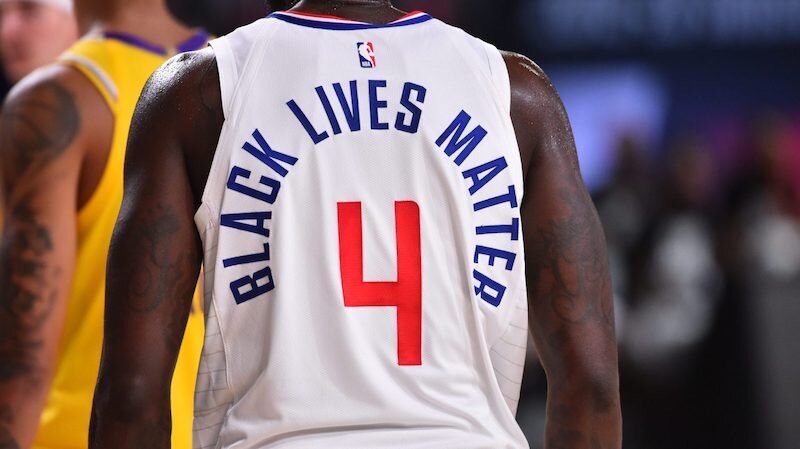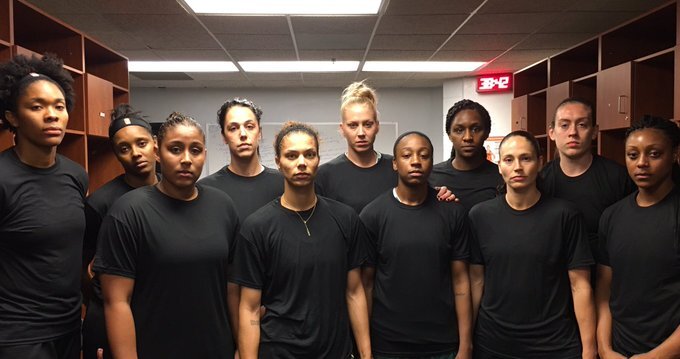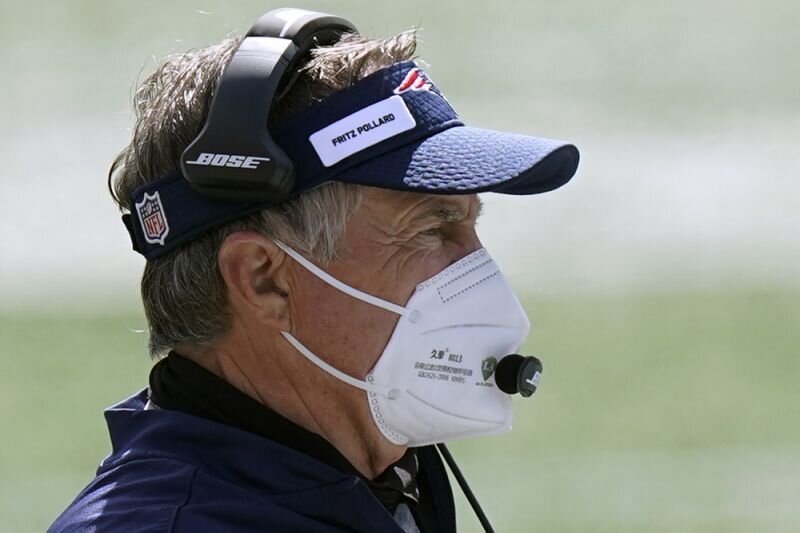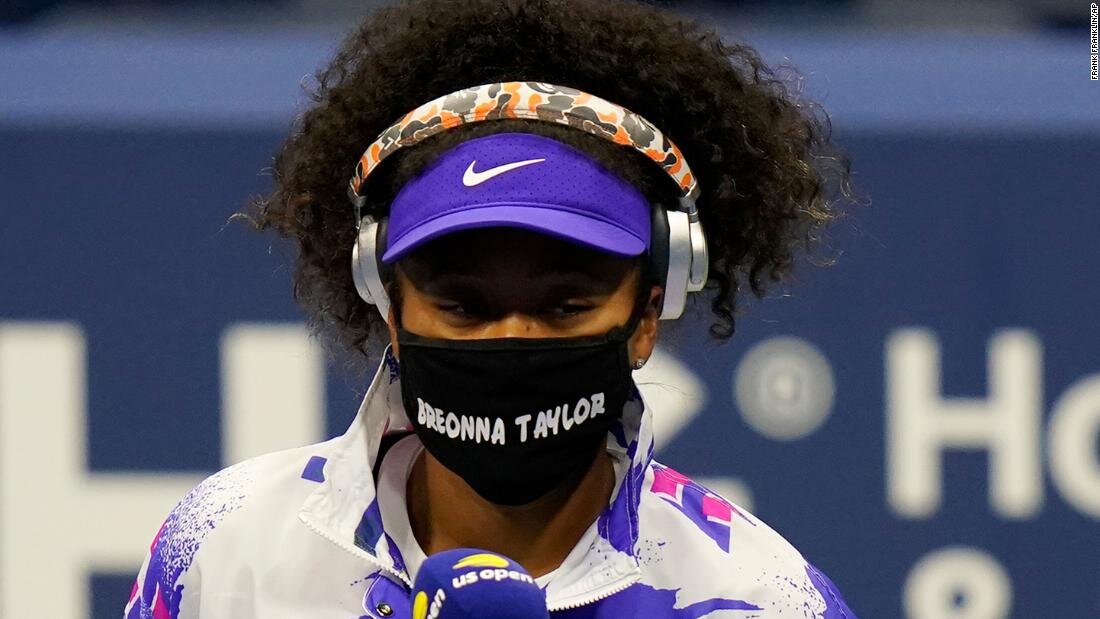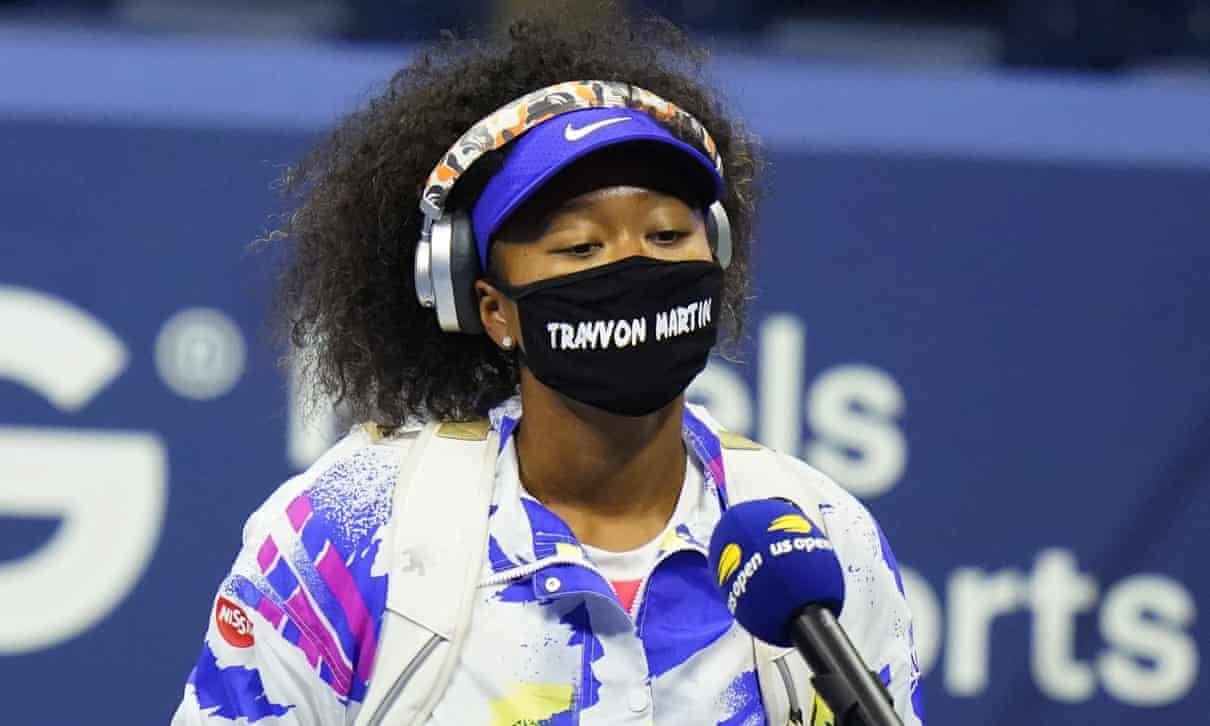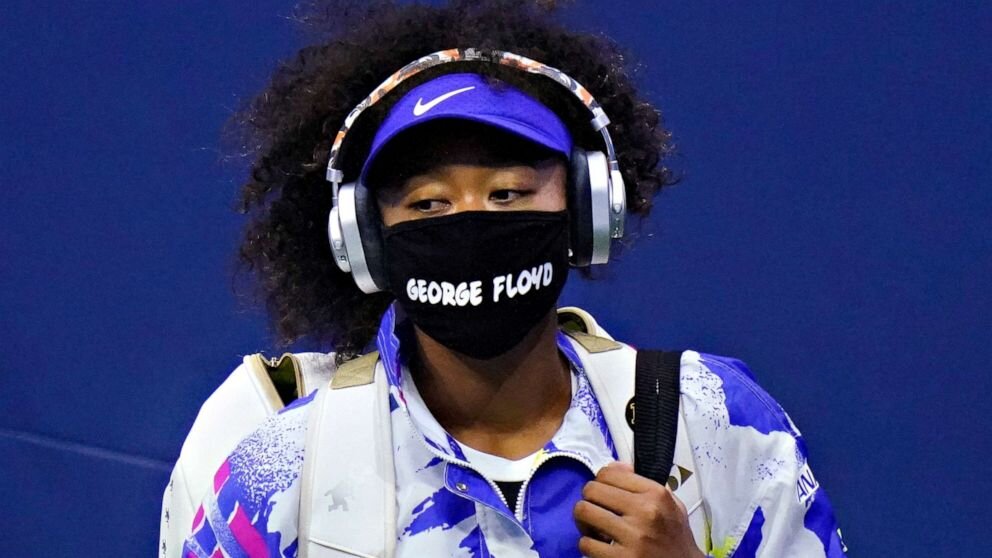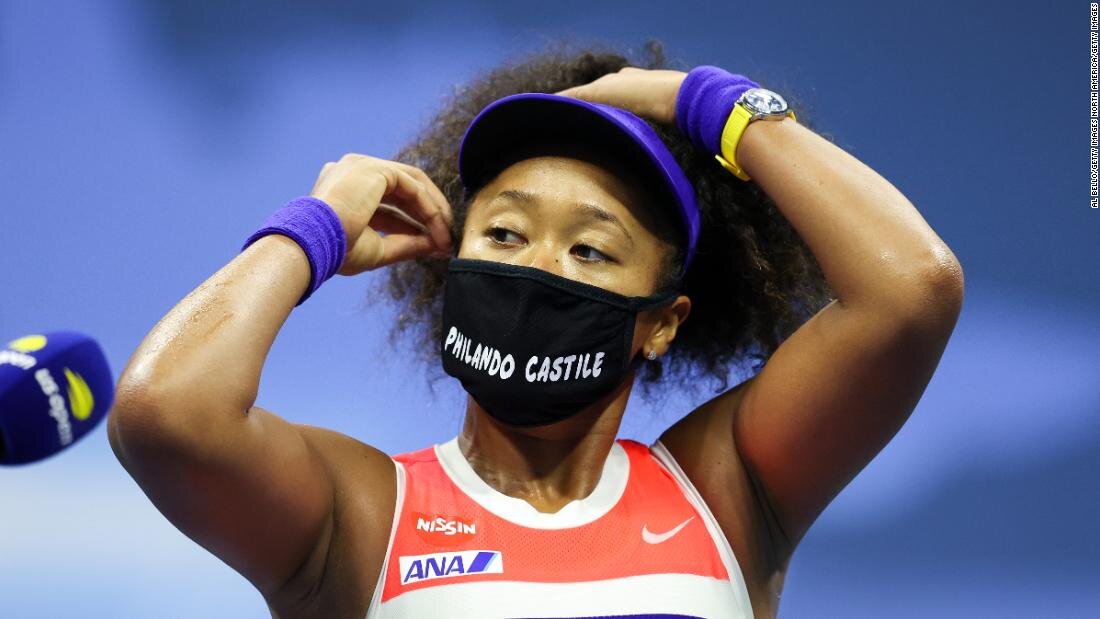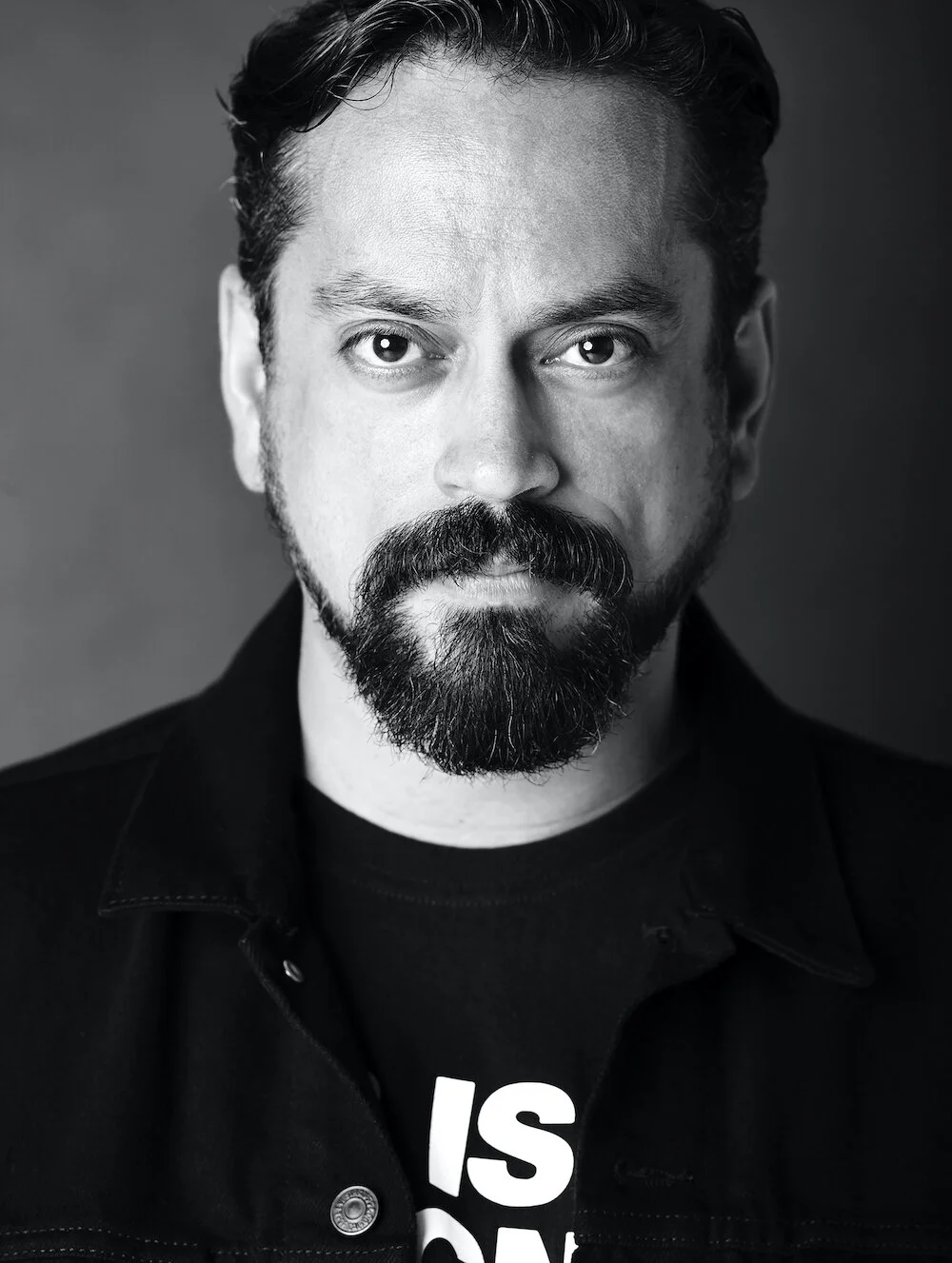Game. Set. Mask.
Legendary Times fashion photographer Bill Cunningham once said “Fashion is the armor to survive the reality of everyday life.”
Well, this year everyday life took a bye. Look all you want, you won’t find the everyday life we took for granted as recently as February 1, when American Sofia Kenin beat Spain’s Gabine Muguruza in the finals of the 2020 Australian Open.
I wonder what Bill Cunningham, sitting on his bicycle with his camera around his neck, looking at the deserted streets of New York City, would have said about this year’s realities. This year the armor has got to be strong as hell, because it has a lot to battle against.
Photo, Julian Finney
For those who love sports and adore (dare I say worship?) the professionals who play them, athletes’ fashion choices take on outsized significance. Athletes enter the court, field or arena donning their chosen armor, indicating immediately which battle they’ve come to fight. The media responds, social channels go nuts and the messages conveyed by those style choices get debated sometimes for weeks on end. I could seriously go on about Serena’s 2018 Off-White tutu dress for days, if you want to go there.
Athletes leading the way
This season, NBA players don jerseys that bear messages where their names used to be, powerful missives like Say Their Names, Love Us, Anti-Racist, How Many More and Black Lives Matter. You cannot watch a game without reflecting on the urgency behind those words.
Members of the Atlanta Dream led a coordinated demonstration by the WNBA in support of Black Lives Matter. Dream members wore black t-shirts in support of the opponent of Senator Kelly Loeffler, a part owner of the team, who denounced the BLM movement. Other teams wore black t-shirts in support of the movement, despite warnings from the league against using clothing for political reasons.
For their season opener against the Miami Dolphins, New England Patriots coach Bill Belichick added a patch bearing the name Fritz Pollard, the first black coach in the NFL, to his visor.
Now serving, Naomi Osaka, Advantage BLM
At the U.S. Open this year, in the fan-devoid stadiums, cheered on by bizarre Zoom-like digital fan zones, some players came in simple armor, simply to play tennis - take American Sofia Kenin, ranked number four in the world, in basic Fila.
Some endured Nike’s bizarre nod to Andre Agassi’s 1990 neon explosion, like Victoria Azarenka who defeated the always chic Serena Williams in the semis, despite wearing the most hideous outfit of the entire tournament.
Sofia Kenin in Fila
Victoria Azarenka in Nike
But one player came to battle more insidious opponents - police brutality, systemic racism, white silence - and to win. Both on the court and on the larger global stage, affirming a powerful message of solidarity with BLM, 22 year old Naomi Osaka came to conquer.
Ombre curls loose over her visor, retro color block bodysuits with the cut out in the back, her friend Kobe Bryant’s no. 8 jersey on after her win, Osaka’s unique, fearless style was on display all week. But it was her covid style stance - face masks bearing names of black Americans lost to police violence - that was the real headline, the fiercest armor.
Osaka, whose Japanese and Haitian heritage makes her a proud IBPOC, has a slightly awkward and tentative public persona. She doesn’t savor the spotlight like Serena or charm the media like Lindsay Vonn or Alex Morgan. But with her deliberate and well calibrated succession of seven face masks, she made it clear which battle she had come to fight, even as she methodically defeated every opponent she met on the court.
On September 13 she tweeted, "I would like to thank my ancestors because every time I remember their blood runs through my veins I am reminded that I cannot lose."
Sometimes the boldest style leaves us in suspense. Each time Osaka won, fans wondered whose name would grace the mask she’d wear to her next match. Her masks became part of her U.S. Open performance, and in that way her armor became not just a shield but a weapon.
In one interview, Osaka expressed dismay at the fact that the list of names of victims of police violence far exceeded the number of possible matches, even if she made it all the way. But each time she showed up to play, headphones and visor holding back her goddess curls, she brought awareness to a name on the mask covering her mouth.
As of 2019, Osaka is the highest paid female athlete in the world, having surpassed Serena Williams. Though Open viewership dropped significantly this year, the final match between Naomi Osaka and Victoria Azarenka still brought in 2.15 million viewers, all treated to Osaka’s uniquely personal and memorable actions.
Below, a list of the names Osaka honored:
First round vs. Misaki Doi: Breonna Taylor, the African American nurse shot dead by police who raided her apartment in Kentucky in March.
Second round vs. Camila Giorgi: Elijah McClain, the 23 year old black man who died last year after police in Colorado restrained him with a chokehold that is now banned.
Third round vs. Marta Kostyuk: Ahmaud Arbery, a 25 year old black man chased down and fatally shot by two white men while jogging through his Georgia neighborhood in February.
Fourth round vs. Anett Kontaveit: Trayvon Martin, the 17 year old high school student fatally shot by George Zimmerman in Florida in 2012.
Quarter finals vs. Shelby Rogers: George Floyd, murdered by officer Derek Chauven who knelt on his neck until he lost consciousness.
Semis vs. Jennifer Brady. Philando Castile, 32 year old black man killed at a traffic stop by Hispanic officer Jeronimo Yanez in 2016.
Finals vs. Victoria Azarenka : Tamir Rice, 12 year old boy killed in Cleveland OH by officer Timothy Loehmann.
Using scrutiny to their advantage
What is style but confidence? What is fashion but fearlessness, interrupting the norm, eclipsing the status quo and provoking thought? On this day especially, the day following the death of Ruth Bader Ginsberg, confident, fearless style and unapologetic fortitude in the face of injustice, signal hope for the future despite seemingly endless challenges.
Like the NBA and WNBA players wearing messages on their shirts, like the women at the 2018 Golden Globes who wore black in support of the #metoo movement, Osaka deeply respects the responsibility she has as a public figure to use her platform to communicate about important issues. Rather than ignoring it, she embraces the responsibility and weaponizes her style for good.
Osaka after her second U.S. Open championship this year.
As Osaka’s close friend and often-opponent Coco Gauff said, “I think that her masks raised conversations in the tennis world about racial equality. I think it’s essential to use her platform, and I think she did a good job doing that.”
For having the courage to give voice to those who can no longer speak for themselves, Naomi Osaka was the true style influencer of this year’s U.S. Open. Bill Cunningham knew real fashion played out on the street and that you don’t need a runway to have a fashion show. Keep your eye on the courts and you’ll see how a true style icon comes into her own, bouncing a little yellow ball while the world watches.




